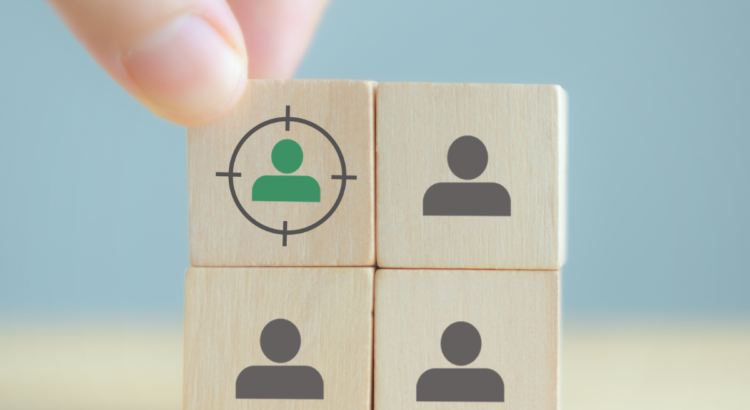Personas are a popular tool in digital marketing. A software business, for instance, might build user personas to understand who their new product is for. That can reduce the risk of launching a new program that fails to deliver the features that the target users need most.
Similarly, creating a persona for content marketing can help you bring the right information to the right people. You’ll find it easier to build content that engages the relevant audience segments and remains consistent.
But how do you create a persona for your content? Our Orange County digital marketing agency shares some tips to help you get it right
Research Your Audience
To create a persona, you need to know as much about your audience as you can. Here are a few ideas to keep in mind:
- Send surveys to customers asking their opinion on your current content, the content they like to read, and what they find least appealing about content in general.
- Chat with sales and support staff about common pain points. What drives customers to contact your business? What issues do they face? These insights can help you develop accurate personas.
- Check your leading competitors’ content. What types of blog posts published on their site achieve the highest engagement? Which formats do they use most often, and how do readers/viewers react? You might learn more about what your shared audience likes and dislikes.
- Pay attention to social media conversations related to your industry, business, and content. Social channels give you a direct connection to different audience segments, and can be vital when building personas.
When you gather information on your audience and how they engage with content, you can start crafting your personas.
Consider Your Target Readers’ Goals and Challenges
Use the information you gathered through your research to build a brief character study of your target reader, viewer, or listener. A content marketing persona should include essential details such as:
- Age
- Gender
- Location
- Occupation (mainly for B2B companies)
- Goal (what they’re looking for when they come to your content)
- Challenges (what’s preventing them from getting what they want)
- Social media channels
You only need to provide basic details in each area — personas should give you and your team at-a-glance breakdowns of the target individual.
Understand What Each Persona Needs at Different Stages of the Customer Journey
Content is important throughout the customer journey, so bear that in mind when planning your publication schedule.
For example, a potential buyer will find certain blog posts invaluable at the start of their journey (the awareness stage), such as a concise overview of a specific product or service.
Your content marketing personas can help you understand different readers’ goals and challenges at each stage of their customer journey. Consider how your content can engage them and encourage them to become loyal buyers. Brainstorm content ideas for each stage of the customer journey across your audience segments.
Our Orange County digital marketing pros are here to boost your business’s visibility on search engines through SEO, SEP, retargeting, and more. Contact us today to get started!
